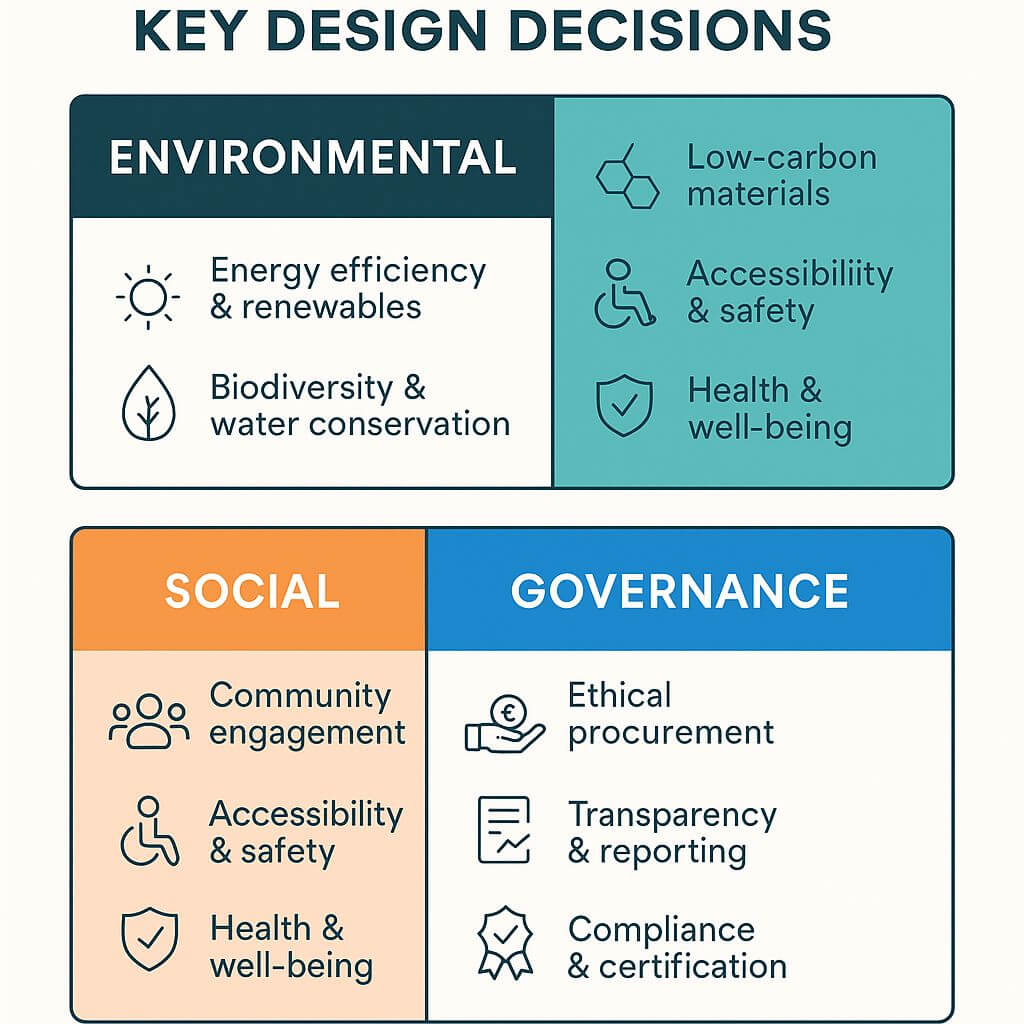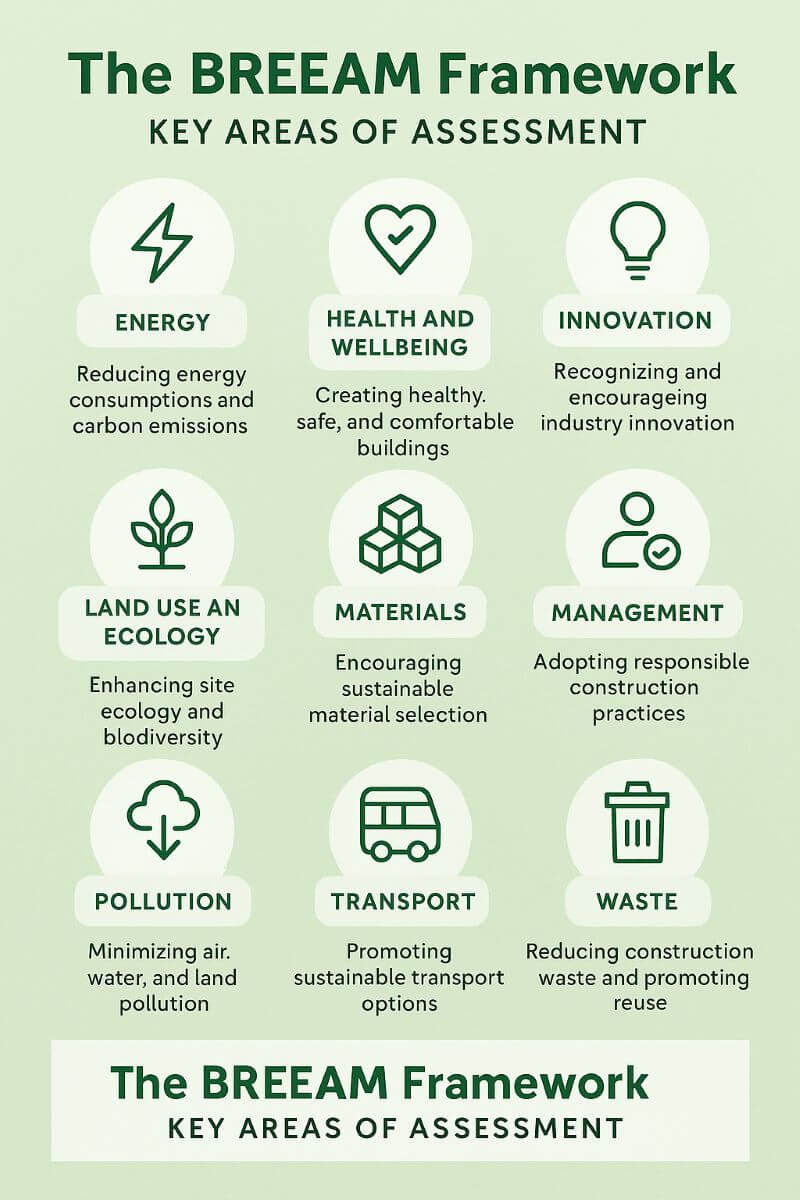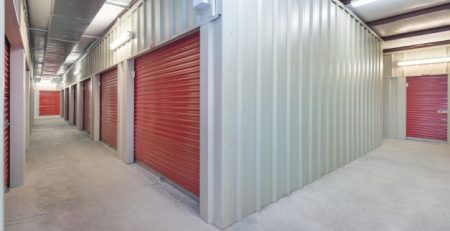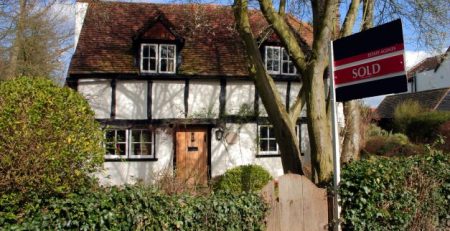Futureproofing Construction Projects Through ESG-Driven Design
As climate risks, regulatory pressures, and investor expectations grow, construction companies are under increasing pressure to design with long-term sustainability in mind. Enter ESG-driven design: a method of futureproofing projects by embedding Environmental, Social, and Governance (ESG) principles into every stage of the design and build process.
This approach goes beyond traditional sustainability. It helps projects align with net zero targets, adapt to future risks, and improve long-term asset value.
What Is ESG-Driven Design?
ESG-driven design refers to the practice of integrating environmental performance, social responsibility, and ethical governance into the early stages of construction planning and architectural design. It considers more than just energy efficiency; it also encompasses ethical sourcing, community wellbeing, climate resilience, and transparent reporting.
From choosing low-carbon materials to ensuring inclusive public access, ESG-led projects involve collaboration between architects, developers, and sustainability professionals from the outset.
The UK Green Building Council offers industry-specific guidance for embedding ESG principles across every phase of development, encouraging low-carbon, inclusive, and climate-resilient buildings

Aligning ESG with Net Zero Goals
Achieving net zero isn’t just about adding solar panels or offsetting emissions. It starts with how a building is designed.
Using low-embodied carbon materials, integrating passive design strategies, and installing energy-efficient systems all contribute to reducing a building’s total lifecycle emissions. Designing for low operational energy use is crucial, as it impacts the building’s footprint for decades to come.
Many ESG-conscious projects now aim for BREEAM, LEED, or Passivhaus certifications to demonstrate performance. These frameworks provide structure for tracking emissions and aligning with national climate goals. ESG-driven design directly supports the ambitions outlined in the UK Net Zero Strategy, which aims to decarbonise all sectors of the UK economy by 2050.
Enhancing Resilience Through ESG Metrics
ESG-led design helps protect assets against the impacts of a changing climate. This includes both physical and social resilience:
- Physical: flood defences, cool roofs, stormwater management, thermal comfort.
- Social: adaptable community spaces, accessible design, wellbeing-focused layouts.
Designing for climate resilience now helps avoid costly retrofits later, reducing both financial and environmental risk.
Long-Term Asset Value and ROI
Beyond compliance or reputation, ESG design adds tangible financial value. Properties built to ESG standards often attract premium rents, lower insurance costs, and higher occupancy rates.
Investors are increasingly using ESG metrics and ESG reporting to assess long-term risk and identify projects aligned with sustainable investment goals. For developers and asset managers, this translates to stronger valuations and better access to finance.

Real-World Impact: A Case Example
Take the example of a new mixed-use development in South London that achieved BREEAM Excellent by focusing on ESG-led design. The team prioritised recycled construction materials, biodiversity enhancements, and inclusive access. The result? Faster planning approval, higher demand from commercial tenants, and increased investor confidence.
BREEAM, developed by the Building Research Establishment (BRE), remains one of the most widely adopted assessment tools for sustainable construction, offering a detailed methodology for achieving ESG-aligned performance.
Conclusion
In today’s built environment, ESG isn’t just a buzzword. It’s a framework for making smarter, more resilient, and more valuable design decisions. Construction projects that adopt ESG principles from day one are better equipped to meet climate targets, navigate regulatory changes, and remain valuable for decades to come.
Frequently Asked Questions
What does ESG mean in construction design?
It stands for Environmental, Social, and Governance. In construction, it means incorporating sustainable, ethical, and responsible practices into design, planning, and execution.
How does ESG impact long-term value?
Buildings designed with ESG in mind often enjoy lower operating costs, better occupant wellbeing, and stronger investor appeal, which all contribute to higher long-term asset value.
Is ESG reporting required for UK construction firms?
It depends on the size and type of the firm, but ESG data is increasingly requested by investors, public sector contracts, and large developers. The trend is toward mandatory disclosure.
How can I start integrating ESG into my project?
Start by conducting a materiality assessment, engage a sustainability consultant early, and consider certification frameworks like BREEAM or LEED to guide your process.
What are some key ESG considerations during design?
Think about embodied carbon, energy use, biodiversity, health and wellbeing, supply chain ethics, community integration, and long-term durability.
Want to make your next construction project more future-ready? ESG design is the blueprint.












